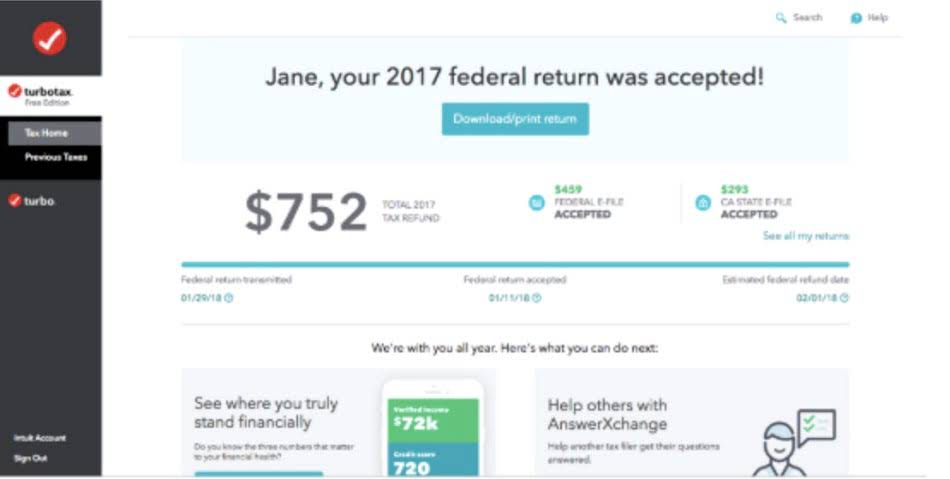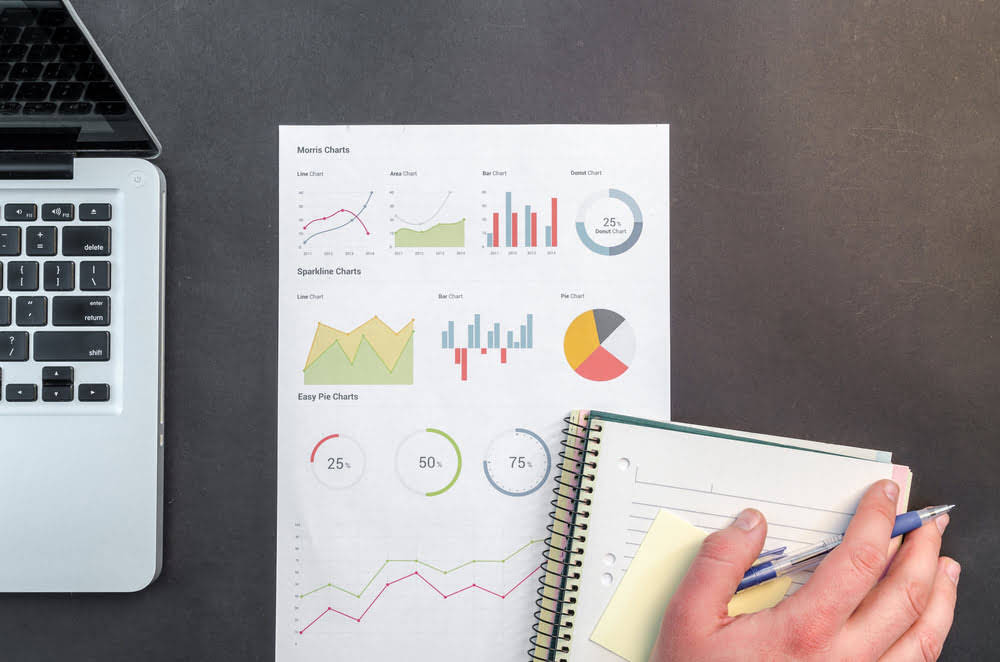Capital Lease & Finance Lease Accounting Guide
Content
A capital lease indicates ownership of the piece of equipment being leased. Capital leases appear as assets on a company’s balance sheet because the company leasing the equipment considers the transaction a purchase. Companies typically use capital leases for long-term leases and for products that have a long useful life, such as warehouse machinery or vehicles. Leasing vehicles and equipment for business use is a common alternative to buying. The two kinds of leases—capital leases and operating leases—each have different effects on business taxes and accounting. Operating leases are like renting and do not transfer ownership of the asset at the end of the contract. Unlike a capital lease, the lessee does not have an option to purchase the asset at the end of the agreement at a bargain price.
Operating leases most often apply to products like electronics or appliances that undergo regular updates. If there is an option to purchase the asset at a “bargain price” at the end of the lease term. Operating leases are usually short-term for assets subject to becoming obsolete, while capital leases are mainly used for longer-term assets. Carrying ValueCarrying value is the book value of assets in a company’s balance sheet, computed as the original cost less accumulated depreciation/impairments.
Ifrs Industry Insights: Property Occupiers
Special treatment for leases involving land and land with buildings. His knowledge of the leasing industry and his honest approach is valuable to those who want to better understand auto lease options. I highly recommend Scott and his team for any vehicle leasing needs. The lease’s term doesn’t go over 75% of the vehicle’s useful life.
A financing agreement is established when the transaction is made through a debt agreement that is collateralized by the purchased asset. Similar to a capital lease, this transaction is reported as assuming a liability and purchase of an asset. The title and risk of loss related to the asset pass to the purchaser at the time of the transaction. The terms of the transaction, equipment purchase price, interest rate and loan amortization are clearly stated in the agreement. Like ASC 840, the new lease accounting standard ASC 842 requires when a contract is within the scope of the standard, a classification must be made to determine if the lease is an operating or finance lease.
He currently researches and teaches economic sociology and the social studies of finance at the Hebrew University in Jerusalem. Operating leases provide much-needed flexibility to companies that frequently update or replace their equipment. Deloitte refers to one or more of Deloitte Touche Tohmatsu Limited (“DTTL”), its global network of member firms and their related entities. DTTL (also referred to as “Deloitte Global”) and each of its member firms are legally separate and independent entities. Here at Cradle, our mission is simple; it’s at the foundation of everything that we do. We want to make accountants’ lives easier by leveraging technology to free up their time to focus on running the business.
Accounting For Leases
Operating leases are formed by a lease agreement, and the lessee doesn’t own the property being leased. The owner of the property transfers only the right to use the property, and the lessee returns the property to the owner at the end of the lease. The “try it before you buy it” approach means you can test out a large purchase asset for an extended lease period. There doesn’t need to be a commitment to purchase the asset at the end of the term but the option is open to you. By having the depreciation calculations of the asset on the balance sheet, the business can save on taxes.
While this can be a cost-effective strategy to foster growth, it’s important to understand all the details and options available before entering into a lease agreement. Previously, operating leases were considered off-balance-sheet transactions. The new standard, ASC 842, requires operating leases to be recognized on the balance sheet. The rationale being it provides better representation of lessees’ obligations https://www.bookstime.com/ to investors, creditors, and other financial statement users. While the first four criteria were present under ASC 840, the fifth and final criteria is new under ASC 842. This is because most landlords likely factor in the future use for the asset when establishing the lease payments. ASC 840, the previous lease accounting standard, outlines four criteria for identifying the lease classification.
What Are The 4 Criteria For A Capital Lease Under Asc 842?
Companies never disclose enough information to create a schedule with each asset and lease, so the best you can do is approximate. If it’s not a constant $20 payment per year, these relationships will be slightly different because the Cash Lease Expense will keep changing. For example, the company might pay $20 per year over 10 years to rent equipment, and it will return that equipment to its owner after those 10 years. But the fact that real companies have dozens or hundreds of leases makes the modeling process easier – for the most part. Lease accounting is an unusual topic because the concept is more difficult than the real-life usage. Companies have more flexibility to replace and update their equipment with less risk of ending up with obsolete assets. Capital leases are suitable for equipment with long useful lives such as dies, tools and machines, but not like computer equipment and other electronics, which can quickly become obsolete in just a few years.
For personalized financial advice, pleasecontact our commercial financing experts. Similarly, as indicated above for the economic life criterion, ASC 842 removes the bright line of this test.
Capital Lease Vs Operating Lease
Determine the cost of returning the asset to the lessorConsider relocationEvaluate significant leasehold improvements, etc. Lease term equals at least 75% of the asset’s estimated life. Lease term is less than 75% of the estimated life of the equipment. The lease’s term is longer than 75% of the equipment’s useful life. The term of the lease does not exceed 75% of the useful life of the equipment.
Accounting regulation also requires a liability to be added for the leased asset. Often called a Leased Asset Liability, a new liability equal to the value of the leased asset computed above is also added to the balance sheet on the liabilities side. Computation of the Leased Liability Interest Expense is shown below. All committed annual payments payable in the future in operating leases signed. One of the advantages of leasing is being able to replace equipment as it becomes obsolete. If you owned equipment, you would have to dispose of the old equipment and buy a newer model. A lease also makes it easier to increase capacity temporarily; you just sign a short-term lease for the equipment instead of buying it.
Capital Lease Vs Operating Lease In Accounting
If the denominator does not deduct an expense, then the numerator should add the corresponding liability. And Lease Assets and Lease Liabilities should also increase in-line with these payments. Some companies also consolidate them with other line items, so you have to dig through the footnotes to find them. Note that many U.S. companies do not even have line items for “Changes in Lease Assets” and “Changes in Lease Liabilities” on the Cash Flow Statement, as they tend to offset each other.
- So how do these types of leases affect your income statements and balance sheets?
- We are an advertising referral service to qualified participating lenders that may be able to provide refferals to lenders, credit repair companies, banks and trusted partners.
- A lease also makes it easier to increase capacity temporarily; you just sign a short-term lease for the equipment instead of buying it.
- Leases that meet certain criteria must be recorded as assets to the lessor; these leases are called capital leases.
- To record a capital lease in your business accounting system, you must first determine whether the business owns the leased item.
Any taxes, insurance and maintenance costs related to the asset also go on your income statement. So how do these types of leases affect your income statements and balance sheets? Capital leases and operating leases appear very differently in accounting. An operating lease is a contract that doesn’t entail any ownership of the asset. It’s not recorded as an expense the same way that ownership would. The expenses are renting expenses only as opposed to depreciation and maintenance.
For accounting purposes, short-term leases under 12 months in length are treated as expenses and longer-term leases are capitalized as assets. Leasing is an opportunity to grow your business in a sustainable way.
They are recorded in financial statements under the cost of sales or operating expenses. This is different from a finance lease, where the payments for the leased asset are recorded as an amortization expense and interest expense. Most operating leases provide businesses with an opportunity to rent equipment that may prove too costly for an outright purchase. These leases generally cover any repairs and maintenance needs, which can be beneficial for items with extensive upkeep requirements or that may endure heavy use throughout the contract. Additionally, operating lease payments are usually considered tax-deductible expenses.
To clarify, a finance lease is a capital lease under ASC 840 speak. Accounting is responsible for reviewing each completed Lease Determination Form to ensure compliance with FASB guidance. For any new finance or operating leases, Accounting will calculate the initial assets and liabilities, as well as create related amortization tables. In the instance of a new finance lease, Accounting will notify Capital Assets to create a new inventory record for the asset in the Capital Asset Management system. A capital lease is recorded on the balance sheet as a liability similar to a loan, and the interest portion of the payments is tax-deductible. In most cases, you can also take deductions for the annual depreciation of the leased item, thereby saving money on your taxes.
The classification of a lease dictates the accounting treatment for both lessees and lessors. Under US GAAP, public and nonpublic entities follow a two-model approach for the classification of lessee leases.
Financial Policy Office
At the end of the lease term, there isn’t an option to own the asset. Therefore any depreciation and maintenance costs are the responsibility of the lessor.
Articles With Full Examples Of Operating And Finance Lease Accounting:
When operating or starting a business, leasing can be an excellent way to get your hands on key assets, like equipment, vehicles or even office technology, without purchasing these items upfront. However, like anything involving finances and your business, you have to carefully weigh your options when it comes to leasing.
It is calculated as the difference between Gross Profit and Operating Expenses of the business. Let us first look at whether this is a capital lease or an Operating Lease. To understand this, we perform the tests to determine the same. A piece of equipment with a market price of US$100,000 and a useful life of 5 years is leased to a lessee for four years. Off-balance sheet financing is a form of financing in which large capital expenditures are kept off of a company’s balance sheet through various classification methods.
Capital leases have a depreciation and interest component; however, operating leases contain only rent expense. Another advantage to an operating lease is that they are often allowed under loan covenants, where capital leases and other debt may be considered a violation. According to the Financial Accounting Standards Board , there are specific rules regarding the accounting functions for capital Capital Lease vs Operating Lease leases and operating leases. These rules state that a company needs to record leases that last more than one year need on their balance sheet as assets and liabilities. Because of this rule, operating leases that last less than a year typically operate as expenses and appear on a company’s income statement, and capital leases function in the same way as if a company purchases an asset.
This is because depreciation losses affect the income calculations overall. The minimum present value of the lease payments totals at least ninety % of the asset’s fair value at the start of the lease. Under the 2003 revisions to IAS 17, initial direct and incremental costs incurred by lessors in negotiating leases must be recognised over the lease term.



